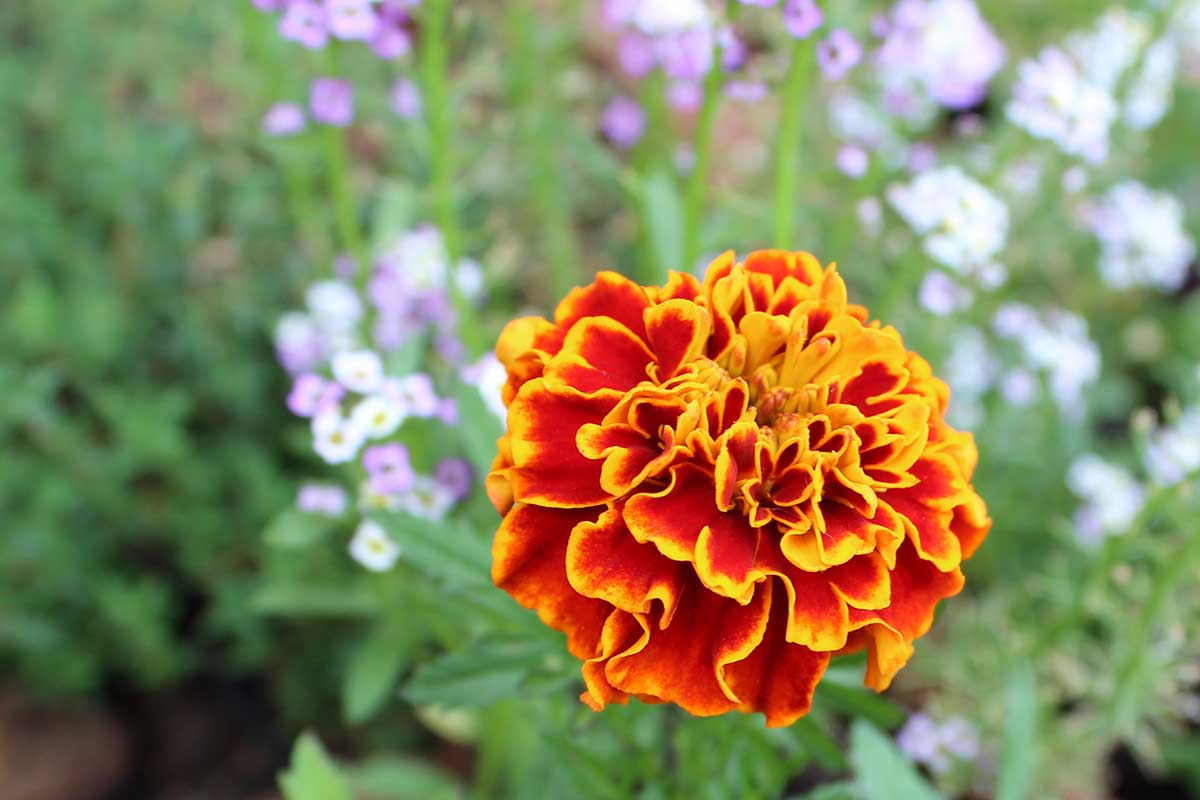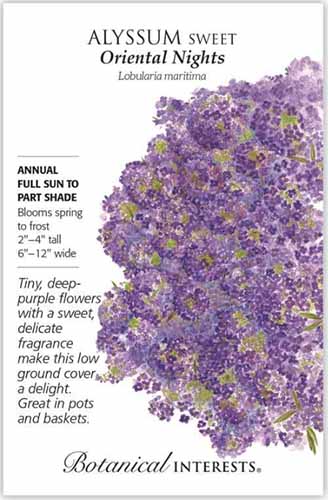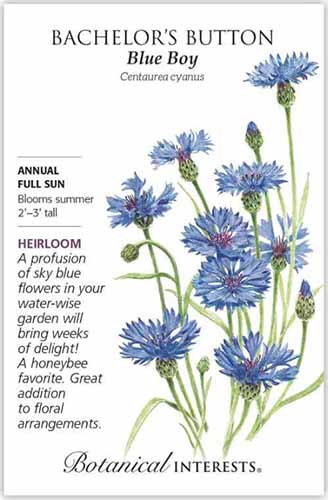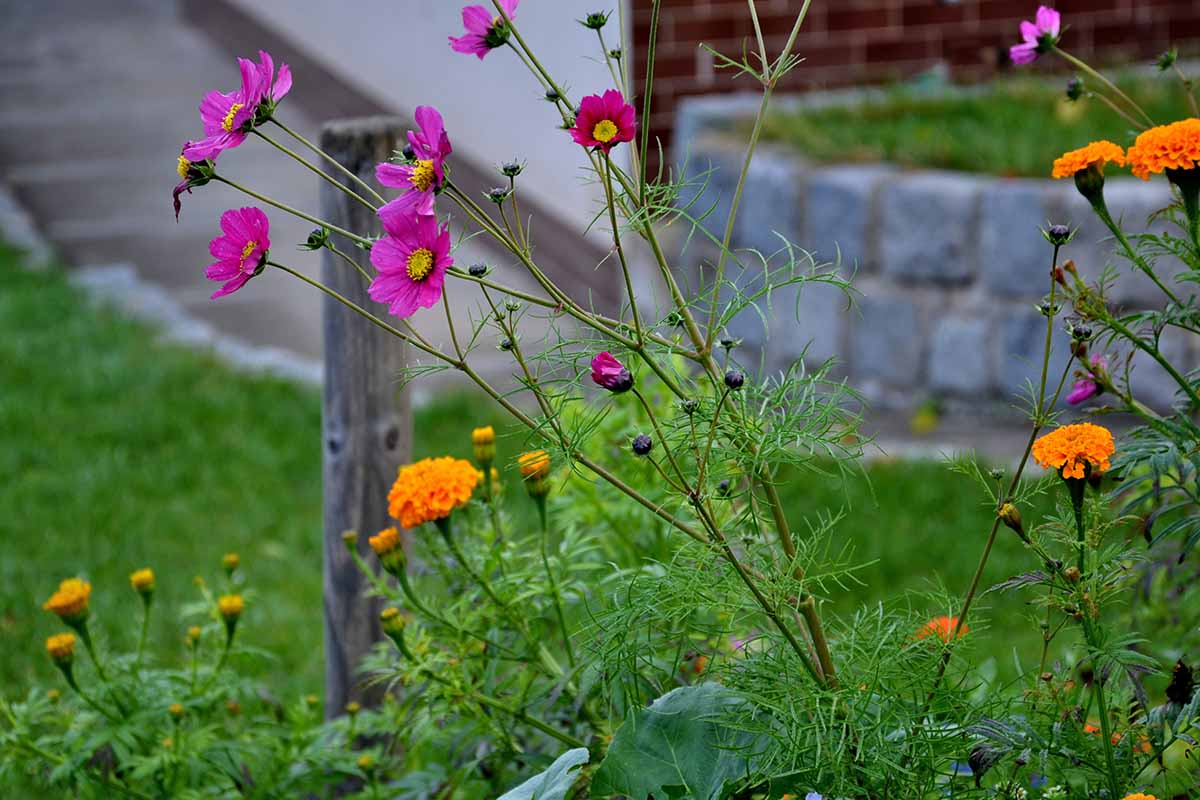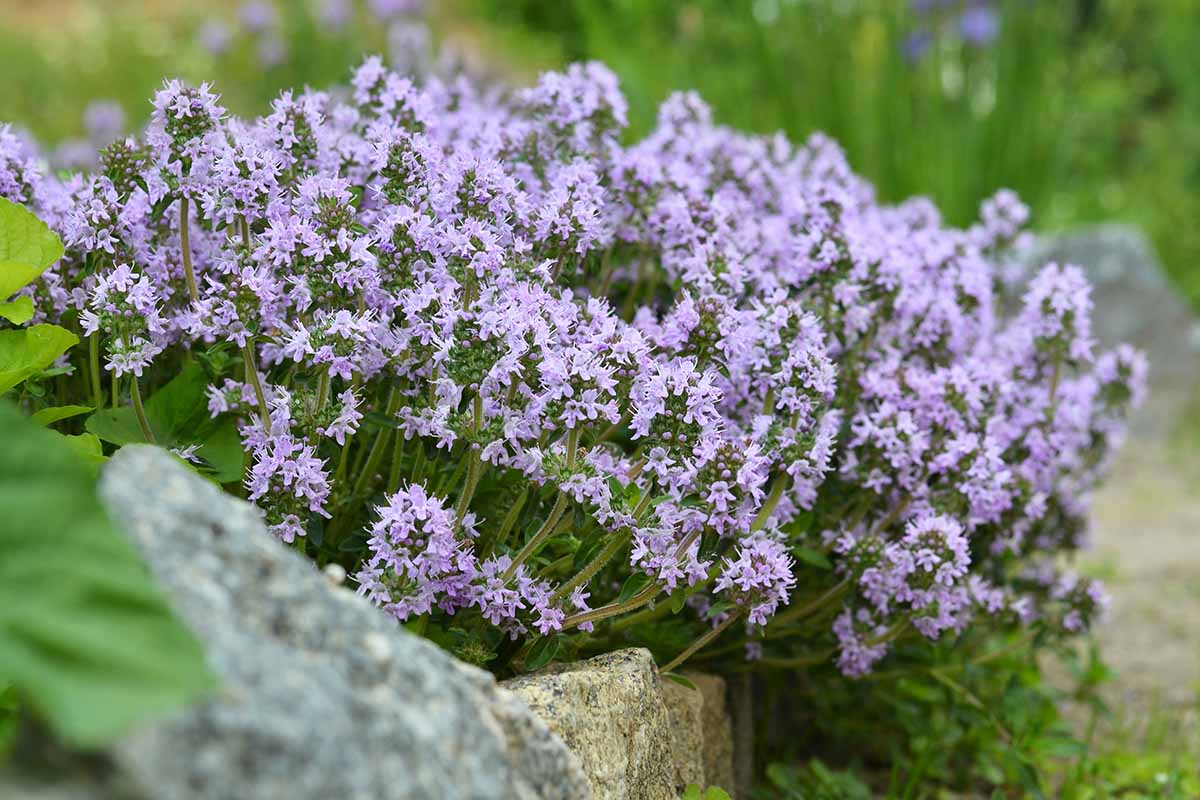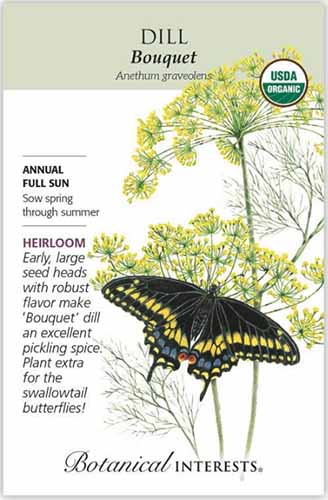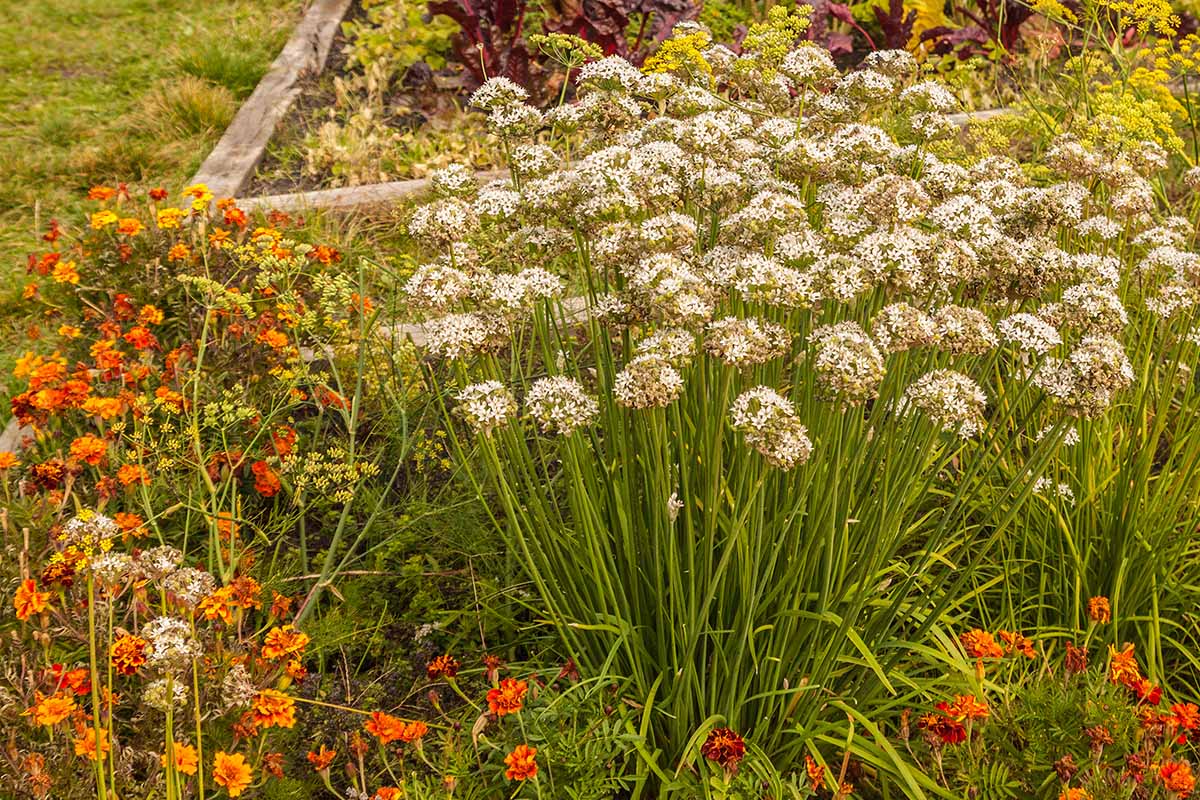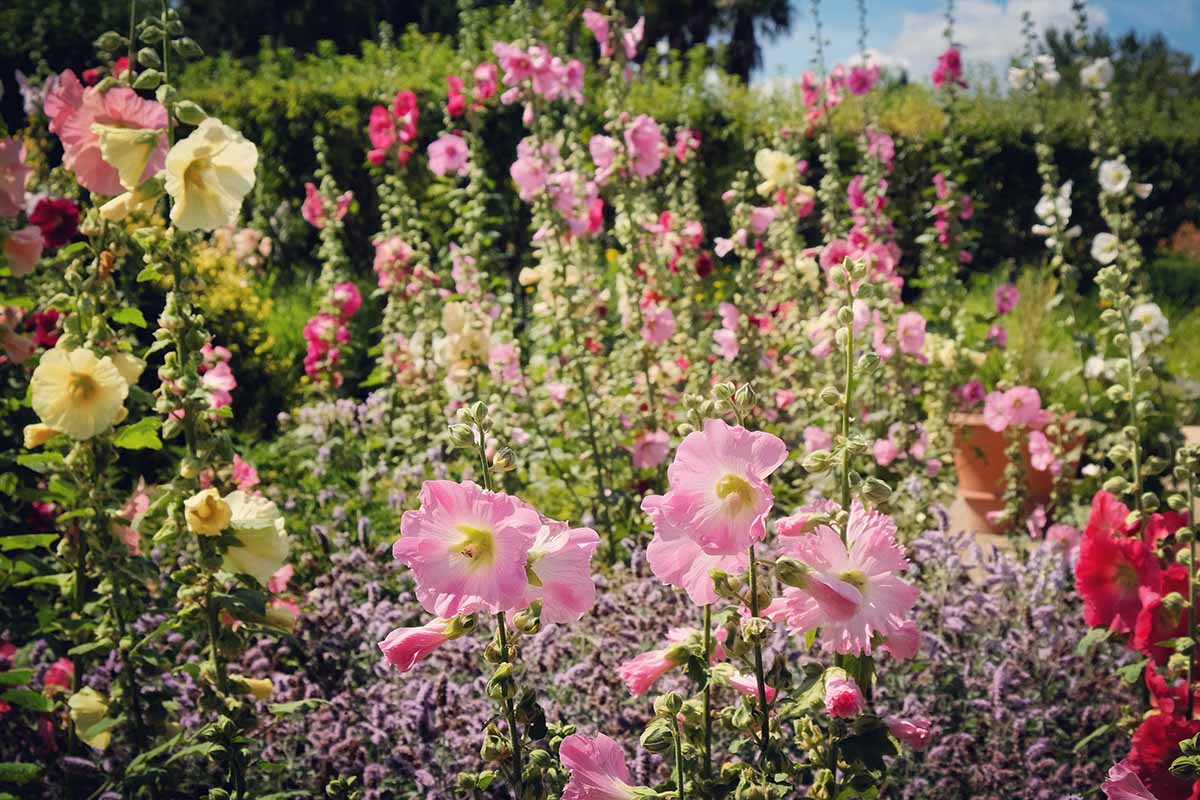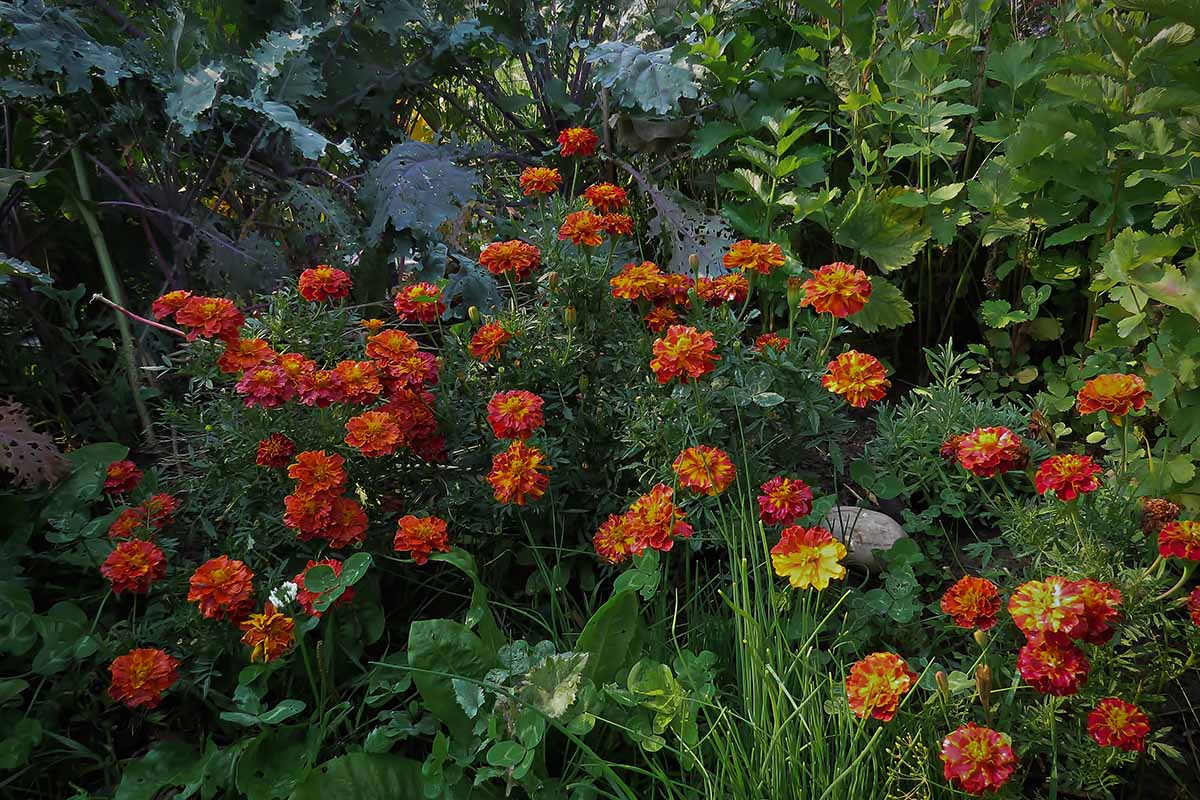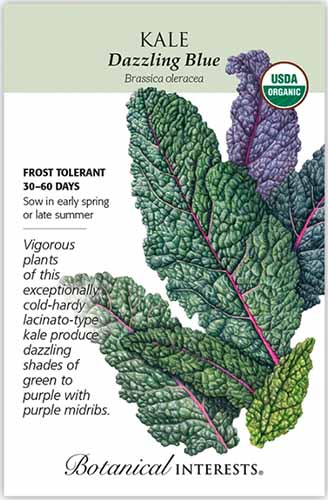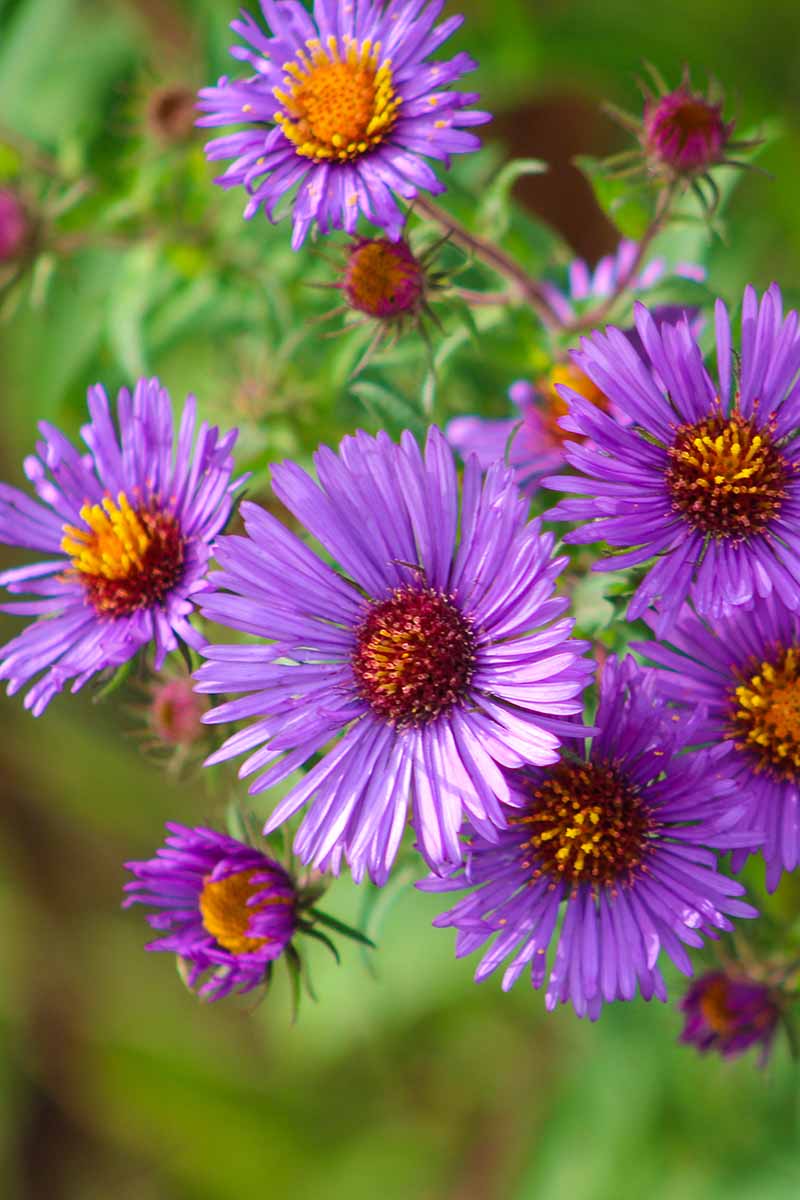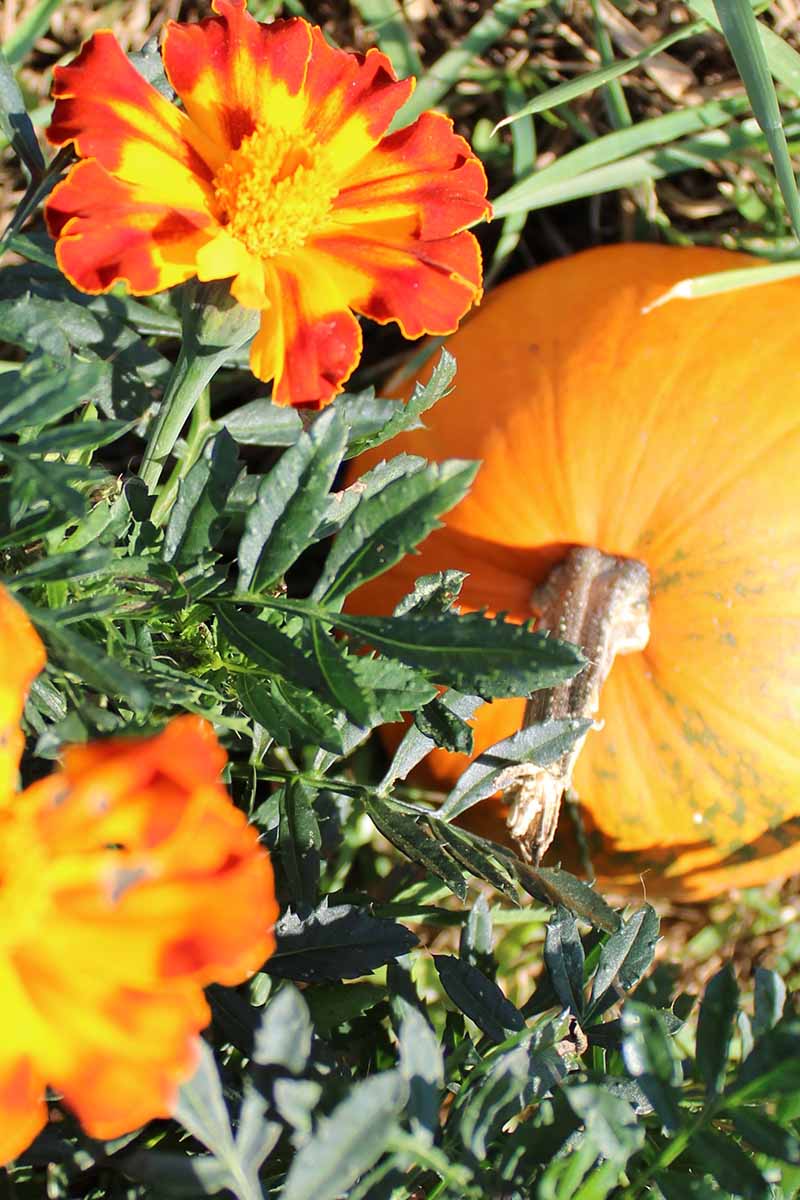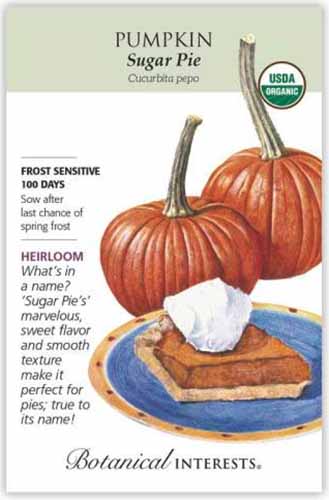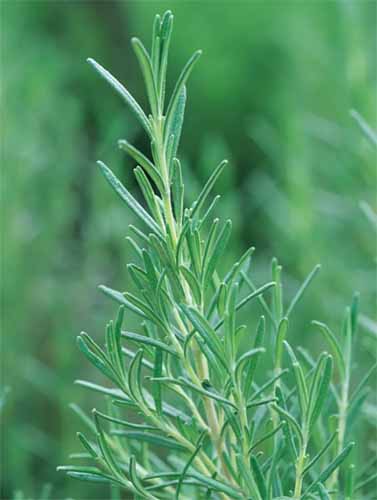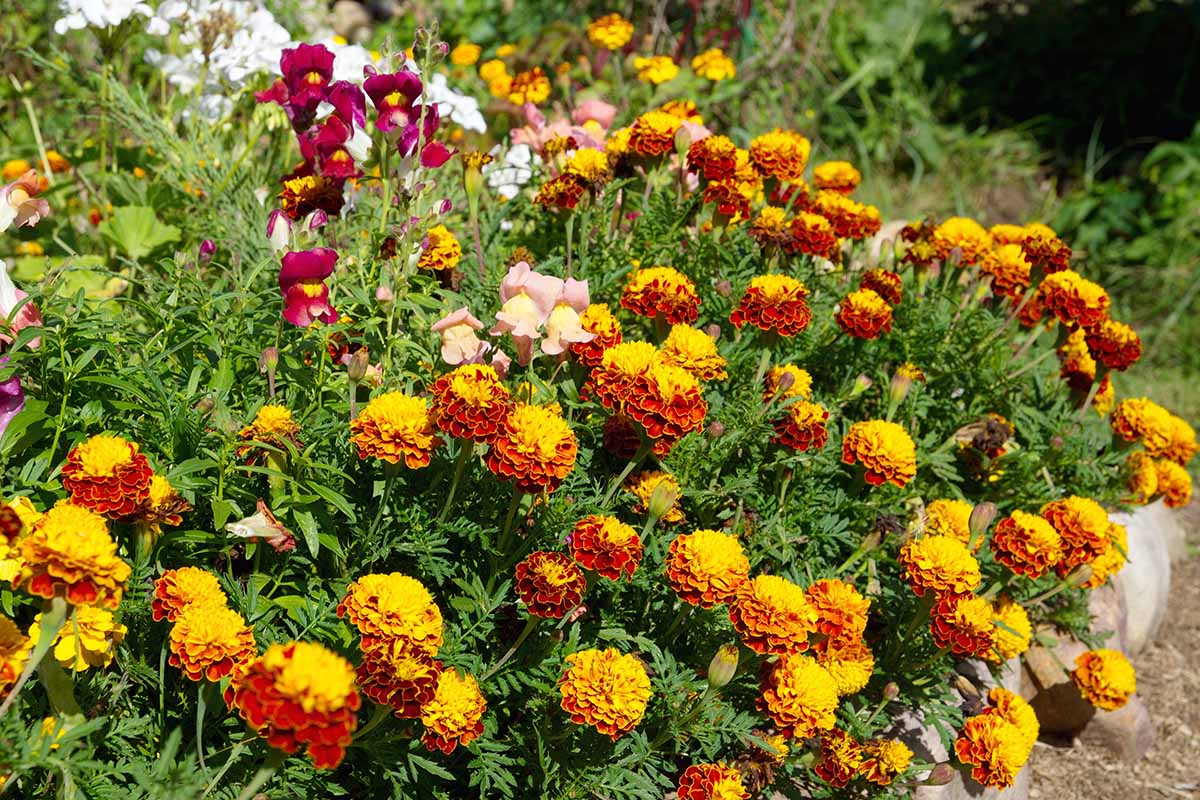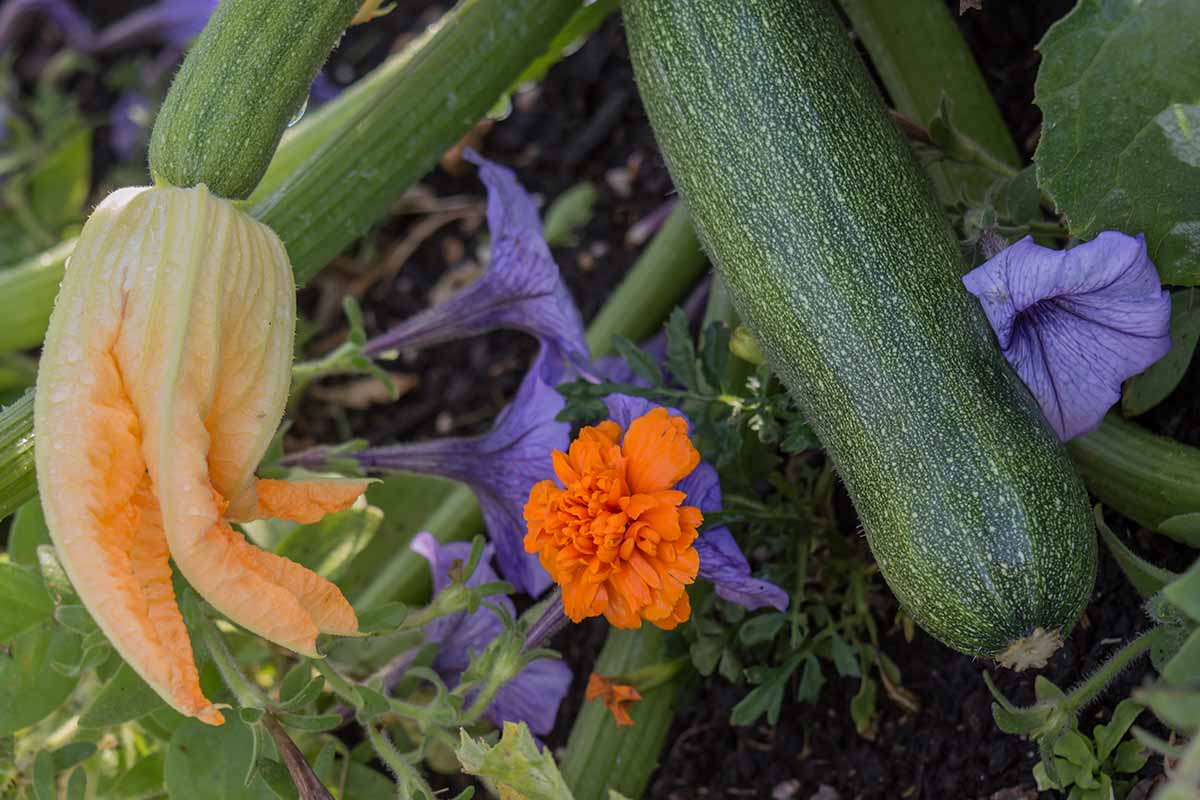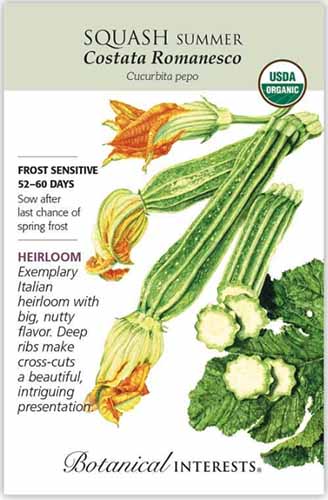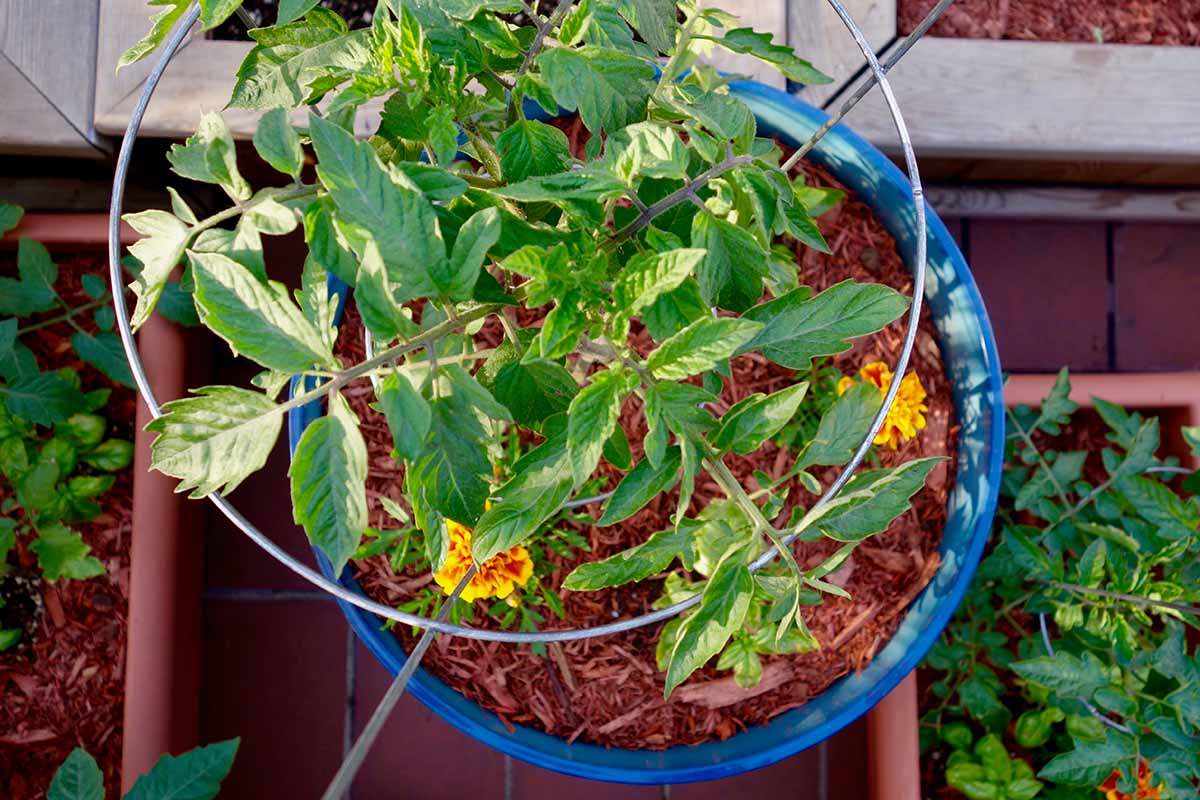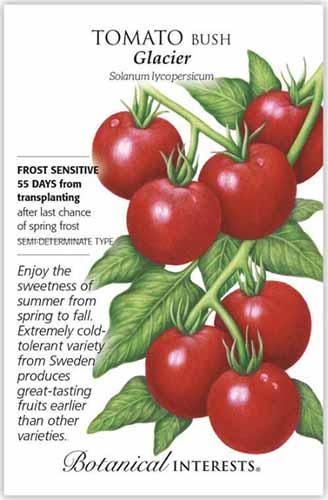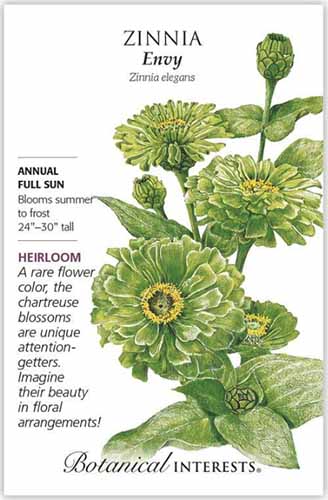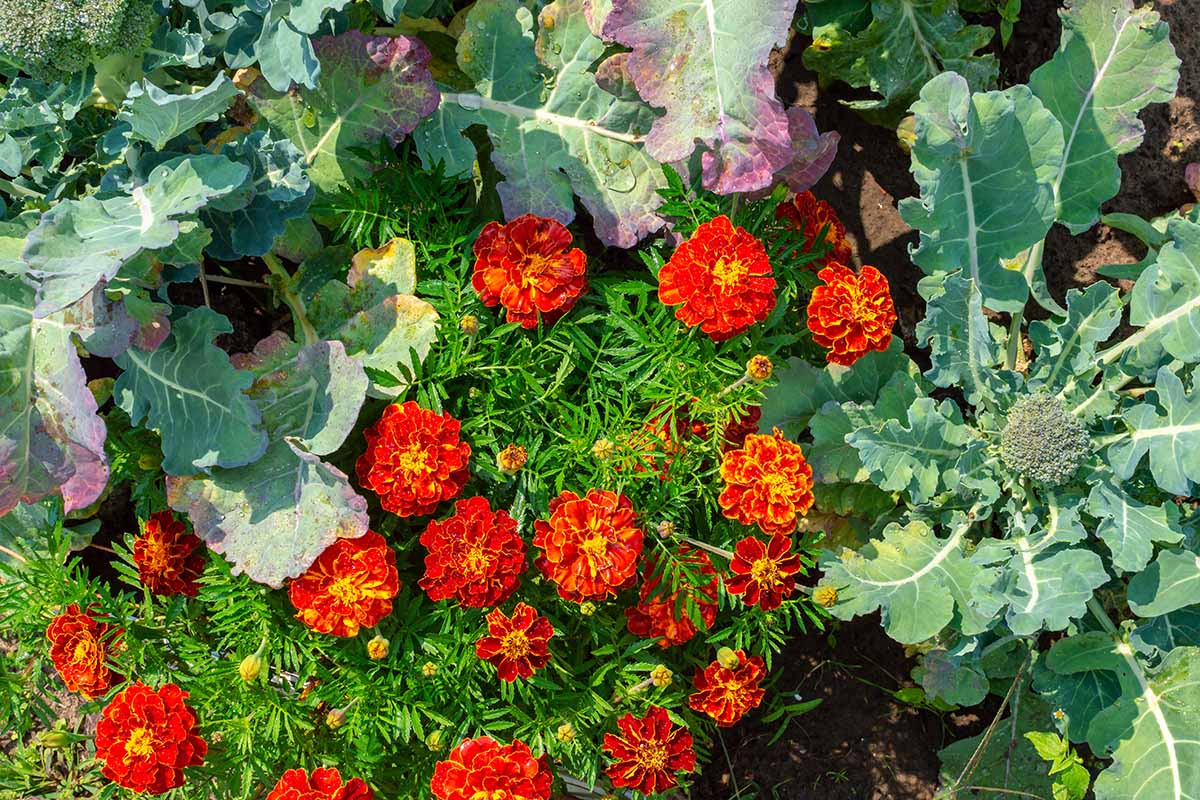But marigolds (Tagetes spp.) can be paired with more than just vegetable crops – they can find successful partnerships with culinary herbs, other annual flowers, and even perennials. We link to vendors to help you find relevant products. If you buy from one of our links, we may earn a commission. We’re going to look at 17 suitable companion plants for these flowers, including veggie crops, culinary herbs, and both annual and perennial flowers – each of which is compatible in terms of growing requirements. Some of these recommendations may be thought of as good pairings simply because of their compatibility and their ability to make a good visual combo, while others may offer additional benefits. Here’s a peek at our list: If you’re looking for marigold plant companions, first consider this – what role do you want those companions to serve? Do you want them to help protect your Tagetes crop from pests? Or are you looking for places to add marigolds to your vegetable beds where this annual flower might be beneficial? Do you want to add living mulches to reduce water loss? Or are you just looking for landscape design ideas, and want to make sure you choose compatible partners for your Tagetes flowers? Perhaps the answer is all of the above – in which case, you’re in luck! We’ll be considering options to fill each of these needs. And when it comes to pests, marigolds are sometimes targeted by aphids, spider mites, and cabbage loopers, so in our selection we’ll consider some plants that will attract enemies of these garden pests too. You may want to sketch some of these possibilities out into a landscape design before you get planting, so grab your gardening journal and let’s get started!
1. Alyssum
Sweet alyssum (Lobuaria maritima) is a flowering annual that can serve as a ground cover at the base of your marigolds, helping to prevent water loss and serving as a living mulch. Blooming all summer long, sweet alyssum will accompany your Tagetes cultivars through the heat of summer without looking worse for the wear. But providing ground cover is not the only purpose sweet alyssum can serve. In addition, sweet alyssum attracts beneficial insects such as predatory wasps that can help keep pest populations under control. Sweet alyssum also happens to look amazing paired with Tagetes flowers – the small blooms of this low-growing annual create a delicate swath of color. ‘Oriental Nights’ Alyssum Seeds You can find ‘Oriental Nights’ sweet alyssum for purchase in packs of 500 seeds at Botanical Interests. Learn more about growing sweet alyssum in our complete guide.
2. Bachelor’s Button
From a design standpoint, the bright orange or yellow hues of marigolds pair nicely with flowers that have blue or purple blooms, since these are complementary colors. Bachelor’s button (Centaurea cyanus), also known as cornflower, is a self-seeding annual with blue flowers that requires the same growing conditions as Tagetes, with an overlapping bloom time. Depending on the variety, bachelor’s buttons can reach one to three feet in height, making them adaptable to planting with either tall or dwarf Tagetes cultivars. ‘Blue Boy’ is a cornflower cultivar that reaches two to three feet tall and has good drought tolerance. ‘Blue Boy’ Bachelor’s Buttons You’ll find ‘Blue Boy’ bachelor’s buttons available for purchase in packs of 310 seeds from Botanical Interests. Read our article to learn more about growing bachelor’s buttons.
3. Cilantro
Cilantro (Coriandum sativum) makes an excellent companion plant in the garden or flower bed. Its umbel-shaped inflorescences with tiny white flowers will attract beneficial wasps as well as aphid predators like ladybugs. The rounded, graceful flowers of this culinary herb will offer a contrast in texture when grown among the rounded blooms of marigolds. If you’re growing cilantro primarily to attract beneficial insects, choose a variety that is not described as slow to bolt. Those that produce flowers earlier in the season will start helping beneficial insects earlier as well. Cilantro You can find cilantro seeds for purchase in an assortment of package sizes at Eden Brothers. If you’ve never grown cilantro before, no worries, it’s quite easy! You can learn more in our guide to growing this zesty culinary herb.
4. Cleome
One wouldn’t necessarily think of cleome as a companion plant. However, it’s not just a pretty (flower) face. Cleome (Cleome hassleriana) is also a host plant for predatory insects such as Nesidiocoris tenuis, a bug that targets spider mites. If you have had problems with spider mites on your Tagetes, you might want to consider this pairing. Cleome cultivars are available in shades of purple, pink, or white, such as ‘White Queen.’ ‘White Queen’ Cleome You can find ‘White Queen’ cleome in an assortment of seed packet sizes from Eden Brothers. If you’re cultivating a mixed bed full of both annuals and perennials – you might want to try the lavender-hued wild cleome, also known as Rocky Mountain bee plant – you can learn more about this wildflower in our guide. (coming soon!)
5. Cosmos
Cosmos (Cosmos spp.) and marigolds marry nicely visually, with their differing bloom shapes adding visual interest in the garden. While marigolds blooms have a rounded shape, cosmos flowers tend to have a flat, open form. Their foliage offers a nice contrast, with the wispy threadlike leaves of cosmos compared against the coarser textured foliage of Tagetes. However, cosmos also does double duty as a companion – it will attract an array of beneficial insects to the garden. From a design standpoint, I am quite keen on pairing orange marigolds with pinkish-purple varieties of cosmos, such as ‘Radiance.’ ‘Radiance’ Cosmos You can find ‘Radiance’ cosmos seeds for purchase in a variety of package sizes at Eden Brothers. Get all the details you’ll need to grow and care for cosmos in our complete guide.
6. Creeping Thyme
Creeping thyme (Thymus praecox or T. serpyllum) is a culinary herb that can be used as a ground cover. Forming a dense mat, this perennial will help keep weeds at bay. Very low growing, creeping thyme would work nicely when planted at the front border of a mixed bed, along a pathway or ledge. The soft, lavender-colored flowers of creeping thyme bloom in summer, making a harmonious visual pairing with the orange or yellow buds of Tagetes flowers. Perennial in USDA Hardiness Zones 5 through 8, creeping thyme is very drought tolerant and won’t be a water hog in your polyculture landscape. Creeping Thyme You’ll find creeping thyme in an array of seed packet sizes for purchase at Eden Brothers. Read our article on growing and caring for creeping thyme.
7. Dill
If cabbage loopers are a problem in your garden, you might consider growing dill (Anethum graveolens) as a plant partner. With its umbel-shaped flowers, dill attracts enemies of cabbage loopers like parasitic wasps, which can paralyze these pests and drag them back to their nests, using them as living nurseries for their wasp babies. Some wasps target and parasitize aphids as well. Visually, dill pairs beautifully with Tagetes as well, with its yellow inflorescences held on wispy, branching plants. ‘Bouquet’ is a dill cultivar that flowers early, making it a good early forage source for beneficial wasps. Bouquet Dill Seeds ‘Bouquet’ dill is available for purchase in packs of 1,560 seeds from Botanical Interests. Need a refresher on how to plant and grow dill? Read our article.
8. Garlic Chive
In a mixed planting including both annuals and perennials, consider members of the allium family as plant partners in your garden ecosystem. Visually, alliums make great companions. With blooms in shades of white or purple, their flowers marry nicely with the yellow and orange hues of marigolds. But they may also help with protection from pests. Garlic chives (Allium tuberosum) in particular may help to reduce the incidence of spider mite infestations. Perennial in USDA Hardiness Zones 3 to 9, garlic chives have similar growing conditions as marigolds. These alliums grow to be 18 inches tall, so they would be best suited behind a dwarf Tagetes cultivar or in front of a tall cultivar. Garlic Chives Seeds You’ll find garlic chives for purchase in packets containing 120 seeds from Botanical Interests. Learn why you should be growing garlic chives in our article.
9. Hollyhock
If you enjoy tall Tagetes varieties for their cottage garden vibe, you might want to include hollyhocks (Alcea spp.) in your plans as well. The classic choice for an old-fashioned cottage garden, hollyhocks have tall spikes covered in large hibiscus-like blooms. Some varieties of hollyhocks can grow up to eight feet tall, so make sure to design your plan so the hollyhocks don’t block the sun from the marigolds. In the Northern Hemisphere, that means planting hollyhocks to the north of smaller garden specimens. These biennials are available in many different colors. ‘The Watchman’ is a hollyhock variety with deep burgundy blooms that appear almost black. This dark flower would be striking paired with an orange Tagetes cultivar. ‘The Watchman’ Hollyhock Seeds Purchase ‘The Watchman’ hollyhocks in packs of 29 seeds at Botanical Interests. Read our article on growing and caring for hollyhocks.
10. Kale
When it comes to vegetable crops, kale and marigolds are an excellent pairing. You can learn more about why kale and marigolds make good planting partners and discover additional mutually beneficial relationships in our kale companion guide. There are many different beautiful and tasty varieties of kale (Brassica oleracea var. acephala), but one of my favorites for both looks and taste is ‘Dazzling Blue,’ a type of lacinato or dinosaur kale. The blue hues of this kale look particularly attractive when paired with either yellow or orange marigolds. ‘Dazzling Blue’ Kale Seeds Want to add ‘Dazzling Blue’ kale to your garden lineup? You can find packs of 150 organic seeds at Botanical Interests. Learn more about how to grow kale in our guide.
11. New England Aster
With their purple petals and golden centers, New England asters (Symphyotrichum novae-angliae) make an especially charming visual partner for Tagetes in a mixed bed. New England asters have similar growing requirements as marigolds, and are perennial in USDA Hardiness Zones 4 to 8. This perennial can reach three to six feet tall with a two- to three-foot spread, so plant smaller Tagetes cultivars to the south of New England asters to ensure they receive adequate sun exposure. You can learn more about the growing requirements for this North American native in our guide to growing and caring for New England Asters. New England Aster There are many additional types of asters that would partner well with Tagetes – peruse selections of blue asters and purple asters to discover some of our favorites.
12. Pumpkin
In some cases, Tagetes may be beneficial to pumpkins (Cucurbita pepo) – as well as other varieties of winter squash – in the veggie patch because of their ability to repel root-knot nematodes. When using this pairing, be sure to use tall varieties of Tagetes to rise above the ocean of pumpkin leaves that will fill your garden. If you’re thinking of growing your own pie pumpkins, ‘Sugar Pie’ is a variety you’ll want to try. ‘Sugar Pie’ Pumpkin Seeds You can purchase ‘Sugar Pie’ pumpkin in packs of 19 seeds at Botanical Interests. Learn more about marigolds’ relationship with pumpkins – as well as other excellent plant pairings for pumpkin – in our article!
13. Rosemary
If the green peach aphid is a problem in your garden, you might try combining Tagetes with rosemary, Salvia rosmarinus. When grown together, these two plants were found to reduce green peach aphid populations. While often grown as a perennial, these two buddies have similar growing conditions and can be planted together in a mixed bed. ‘Arp’ rosemary is perennial in USDA Hardiness Zones 7 to 9, and grows to be up to 48 inches tall. Use it as a backdrop for shorter varieties of Tagetes. ‘Arp’ Rosemary You can find a bundle of three ‘Arp’ rosemary plants available for purchase via Burpee. Get tips on growing rosemary in our article.
14. Snapdragon
With blooms of a very different shape than those of Tagetes, snapdragon flowers (Antirrhinum majus) will add contrasting texture to your flower bed. And their growing needs are compatible with those of marigolds, so you won’t encounter problems grouping these together. Snapdragons are available in a wide range of colorful varieties too. ‘Orange Wonder’ provides a visual treat when paired with a yellow Tagetes cultivar – the yellow marigold blooms will bring out the yellow tones in the center of this snapdragon’s blooms. ‘Orange Wonder’ Snapdragons Find ‘Orange Wonder’ snapdragon seeds available for purchase in a selection of package sizes at Eden Brothers. Read our article to expand your knowledge about cultivating snapdragons.
15. Summer Squash
When looking for floral companions for summer squash like zucchini (Cucurbita pepo var. cylindrica), marigolds should be on your list. Tagetes can help with biological control for this summer crop by increasing the prevalence of natural pest enemies – that’s to say, they will attract more of the “good” bugs that eat the “bad” ones. If you’re in the market for a summer squash variety, one of my favorites is ‘Costata Romanesco,’ an heirloom cultivar that is striped with ridges running lengthwise along the fruit. ‘Costata Romanesco’ Summer Squash Seeds You’ll find organic ‘Costata Romanesco’ for purchase in packs of seven seeds at Botanical Interests. Need a review of how to ensure that you produce a bumper crop of summer squash? Find tips on growing summer squash in our article.
16. Tomato
There are multiple benefits to growing tomatoes (Solanum lycopersicum) and marigolds together, and these two buddies should be a regular pair in your summer garden. You’ll get the full details on the benefits of planting marigolds with tomatoes in our article. In the meantime, let me make a recommendation for a favorite tomato variety in my household. ‘Glacier’ is a semi-determinate bush tomato cultivar that makes my garden short-list every year because of its incredible full-bodied and acidic flavor. In my household, we love ‘Glacier’ not only for its taste but for the fact that it is early to ripen, a winning feature in my short-summer climate. ‘Glacier’ Tomato Seeds Want to add ‘Glacier’ tomatoes to your personal list of Tagetes companions? You’ll find packs of 30 seeds for purchase at Botanical Interests. Learn more about how to grow tomatoes in our guide.
17. Zinnia
If you’re looking for annual flowers to grow in the same conditions as marigolds that will look stunning together, add zinnias to your list. Zinnia cultivars are available in a wide variety of colors and bloom types. Pairing pink zinnias with orange Tagetes will create a lively, eye-catching garden display. Or you might try a monochromatic color scheme with orange-colored zinnias paired with orange marigolds. But for something rather unexpected, why not try combining an orange Tagetes cultivar with green-hued flowers, such as ‘Envy’ zinnias? ‘Envy’ Zinnia Seeds You’ll find green-flowered ‘Envy’ zinnias available for purchase in packs of sixty seeds from Botanical Interests. Brush up on your zinnia growing skills with our complete grow guide.
Many Merry Matches
We’ve encountered 17 different potential matches for marigolds – this is far from an exhaustive list, but it’s a great place to get started! And there’s no need to choose just one partner at a time. Here are some recommended groupings: When slightly more water is available, try pairing hollyhocks, New England asters, garlic chives, and dwarf orange-hued marigolds in a mixed perennial, biennial, and annual bed. A veggie such as ‘Dazzling Blue’ kale would make a lovely addition to this mix. For a drought-tolerant herb garden, combine annual yellow Tagetes and blue bachelor’s buttons with perennial rosemary and creeping thyme. What other combinations do you envision? Are you planning to try any of these pairings in your own landscape? And do you have any other favorite marigold companion planting recommendations to share with our readers? Tell us in the comments section below. And for more information about growing marigolds, have a read of these guides next:
How to Plant and Grow the Glorious MarigoldHow to Grow and Care for French Marigolds31 of the Best Types of Marigolds


